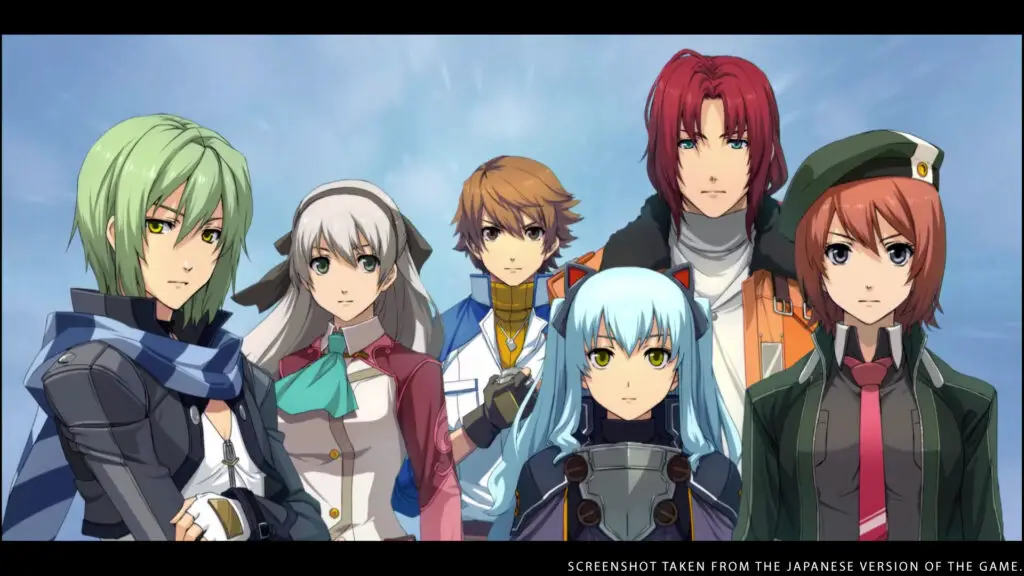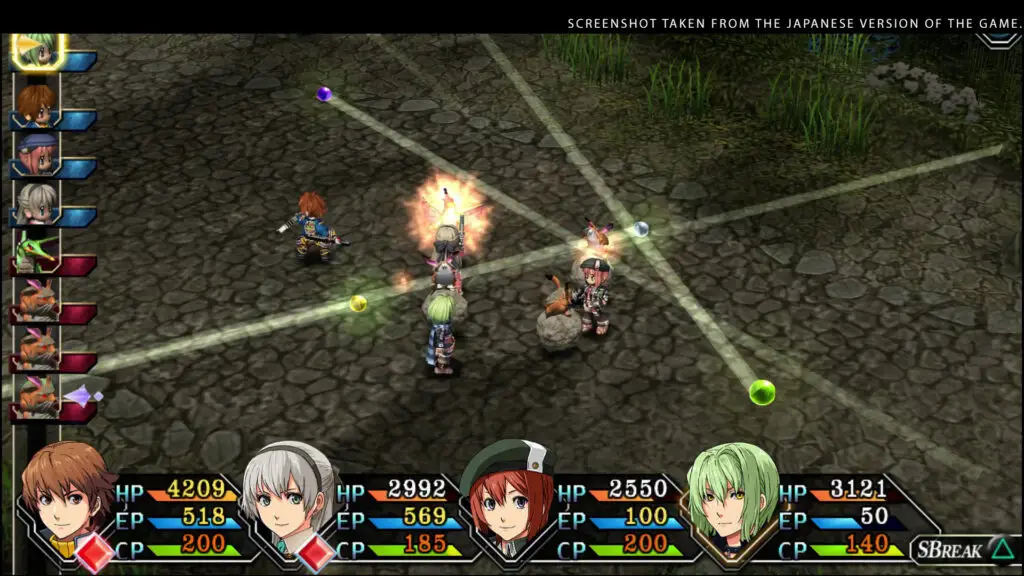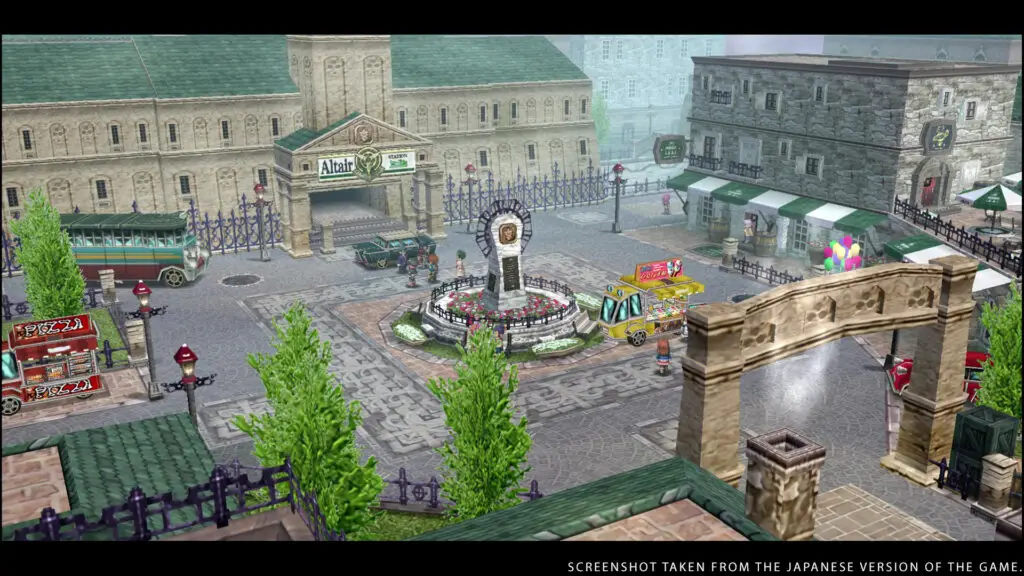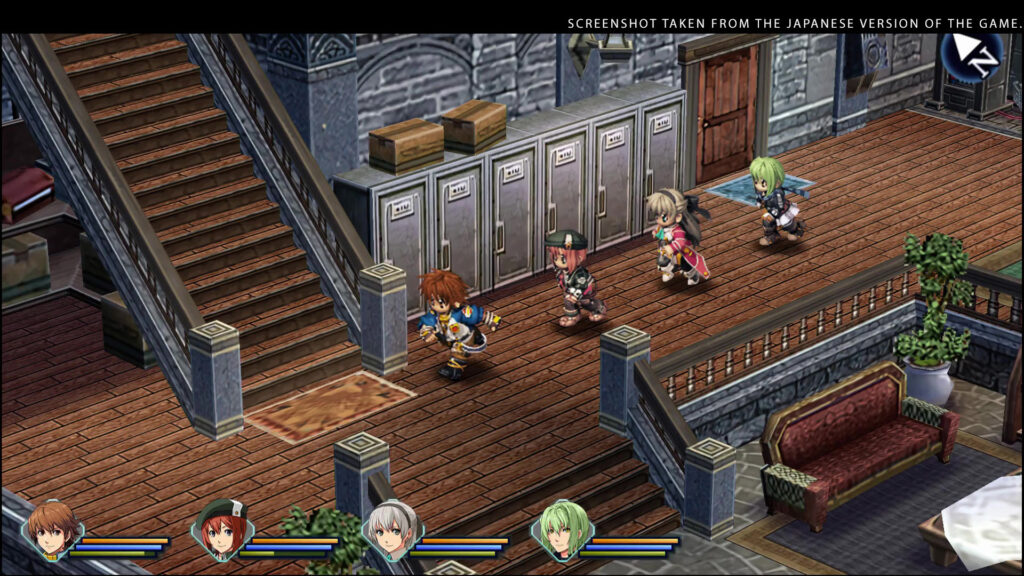Last year, I experienced an RPG series I had never played before: The Legend of Heroes series. My first introduction to this series was Trails of Cold Steel IV, a great game that I thoroughly enjoyed; the only problem: was the story; I found myself lost most of the time as it expected me to have prior knowledge of most of the other games, which I didn’t. Mind you, it had a recap for the entire series before this game, but who has time to sit through something that long? Not me, that’s for sure.
Fast forward five months later, and I would find myself playing another game in the long-stored series, one that had history to it: Trails from Zero which it and its sequel, Trails to Azure, never saw releases outside of Japan, besides a few fan translations. While this still wasn’t the first game in the series, it wasn’t as dependent on knowing the other titles in the same way as Trails of Cold Steel IV was. I enjoyed the game more than Cold Steel IV for many reasons, even if it wasn’t the superior game. Fast forward to now, and I am finally playing the direct sequel to a Trails game: Trails to Azure.
Background Story

Trails to Azure takes place not long after Trails from Zero (a few months roughly) after our team of four saved the day from what transpired and have gone their separate ways temporarily. The main character, Lloyd Bannings, is on a mission to clean up some unfinished business from their main case a few months ago.
Accompanying Llyod is three characters met in the last game: Arios, the Bracer guild leader, Inspector Alex Dudley, and Noel Seeker. As this mission takes place right after Trails from Zero, it is quite spoilery for anyone who hasn’t played, like revealing the previous game’s ending somewhat, so it is a tad tricky to explain what happens here. What I will say is after they do what they came to do, the team heads their separate ways, besides Noel, who we find out is a new recruit for the SSS (Special Support Section) alongside another character who we meet in the first game, Wazy. We find out not all of the team is back when we arrive at Crossbell, as two of them are still completing their other missions, although we do officially have a team of four, counting the new recruits.
This Looks Familiar
Having played Trails from Zero, the first thing that pops out is how similar this game looks to the first game. It is like a déjà vu moment the minute we are thrown back into Crossbell; everything looks exactly the same, like they pulled the exact same assets from the other game and gave it a new story with extra additions. That’s not a bad thing as many sequels do it, especially in the good-old PSP days when a game would release and the next year its sequel would release with not much difference; this is before today when it would have just been a massive expansion to the game adding new story content. The gameplay is almost identical in every way, but as this is the sequel, some things have changed with noticeable improvements.

As I said in the previous paragraph, the gameplay is mostly the same as in Trails From Zero. Battles are played with four active characters and two supports, with turns being mostly random with a random bonus like healing, a support character’s move or a team rush attack every now and then for some characters. When it is a Character’s turn, six different actions can be performed: Attack, Arts, Crafts, Items, Move and Run Away. Attack, Items, Move and Run Away are mostly basic and found in most RPGs; Arts and Crafts, on the other hand, are a tad different. Arts, for example, is a lot like doing magic in any RPG where it may take longer to cast spells than doing a normal attack; same deal here.
The way the Arts work in Azure is the same way they work in most of the series, via the Orbment system, which are these special devices characters have that allow them to use their Arts via adding Quartz into the available slots, which can be upgraded with Sepiths (Sepiths can also be traded towards money). It is a lot to take in for anyone, especially first-timers to the series. To add to all that, the Orbment in Azure is an upgraded version of the one found in Zero. The only difference is that your Orbment takes a Master Quartz, which can now be leveled up, strengthening your Arts.
The Crafts are a lot like special character moves, if that makes sense, as these moves are exclusive to each character. Crafts also come in a few varieties, like a combo one where two characters will use a powerful move together, provided they have 100 CP (Craft Points) each; S-Crafts, which are the character’s most powerful move which needs 100+ CP Normal crafts, CP varies for these moves and Support Crafts which can only be used by characters in a support role (non-active character in group that’s not part of the main four this happens at the end of chapter one and onwards when one of your original team members come back).

There’s a Car
While Azure is the direct sequel to Zero, there is a lot to love about this sequel, especially for fans of the first game. Again, as the player, we are thrown into the same great world we loved before with wonderful characters we got to know and fall in love with over two games. Besides the story continuation, Azure has a few additions fans of the previous game will be happy with, as well as the ability to finally drive a vehicle around the map instead of running to that same spot again. Such a lifesaver.
Another fun fact is because this is the sequel, players start the game at around level 50, if not using clear save data from Zero, more if using their clear save. Speaking of clear save data, players who transfer their clear save data from Trails from Zero will unlock a bounty of extras compared to players who don’t like levels, affection points, some items, and extra money for the number of Detective Points they earned. By the way, Detective Points are points players earn for completing quests, including both urgent quests (quests that must be completed to progress) and side quests (quests to do before finishing the chapter or else it is an automatic fail). And as this is the sequel, some scenes will alter when bringing in clear save data to show more context between certain characters met in the first game.
Conclusion

From reading this, you may think Trails to Azure is much more of the same, which it is, but for fans that enjoyed Trails from Zero, this is a must to continue the story of Llyod Bannings and his friends. While Trails to Azure can be enjoyed without playing Trails from Zero, it isn’t something I would recommend as Trails from Zero is referenced a lot throughout Trails to Azure, from characters you meet to story and more, that it is these finer details that make this game that much more enjoyable. Also, like Trails from Zero, Trails to Azure can be played on four different difficulties and with a customisable speed mode for all players to enjoy, whether they have played the game before or not.
Trails to Azure releases on PC, PS4 and Switch on March 14 (PC worldwide and NA Consoles), March 17 (EU Consoles) and March 24 (ANZ Consoles).
NIS America provided a code for the purpose of this review.







